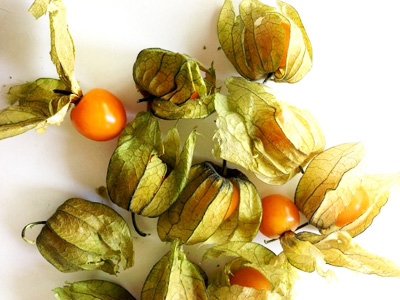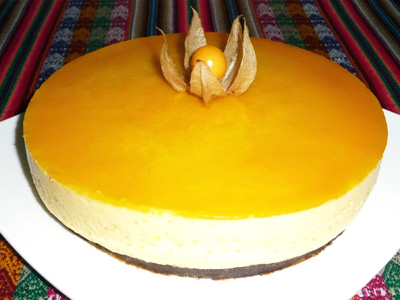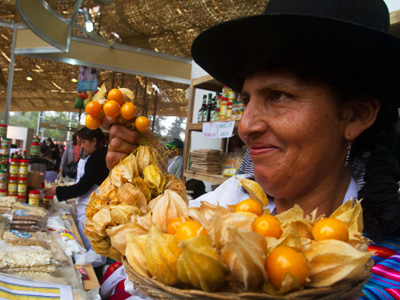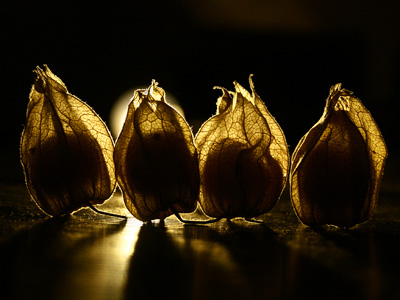



The Andean Picchuberry, a New Culinary Superstar
The Peruvian aguaymanto, under varied names, is gaining international popularity as a highly nutritious 'superfood'. This ancient berry is now a star in varied Andean Fusion dishes and deserts- read on to learn all about it!
The Peruvian aguaymanto has been called by many names: Incan berry, Cape gooseberry, ground cherry, uchuva, and most recently, picchuberry. (Although it has acquired nicknames in many different countries, our favorite is actually the Egyptian moniker: is-sitt il-mistahiya, which means ‘the shy woman’, a reference to its papery sheath.)
The Andean berry is being hailed as the newest superfood, allowing it its time in the spotlight of health food fads. Pichuberries look like small yellow tomatoes encased in a tomatillo-like husk known as a calyx. Some have described the taste like a mix between a kiwi, an orange, and a tomato, while others have suggested it tastes like a cherry-passionfruit hybrid. Their incredibly high amounts of vitamins A and C and antioxidants, combined with a low glycemic index, mean that the ancient pichuberry is just now receiving the attention it deserves.
The pichuberry is ideal for jams and sauces, which is why you often see them used as a glaze for topping cheesecakes or coating pork, and in salads and vinaigrettes. It’s also a favorite cocktail ingredient. If you feel inspired to buy some picchuberries in the market during your visit to Peru, you can simply enjoy them as they are.
At Pirwa Restaurant, we make use of this native local fruit in our Chicken in Andean Fruits dish, wherein chicken is stuffed with ham and cheese and then bathed in Andean fruits such as the picchuberry (aguaymanto) and the elderberry (sauco). Stop by for a taste!
Fecha de Publicación: 02/01/2015

